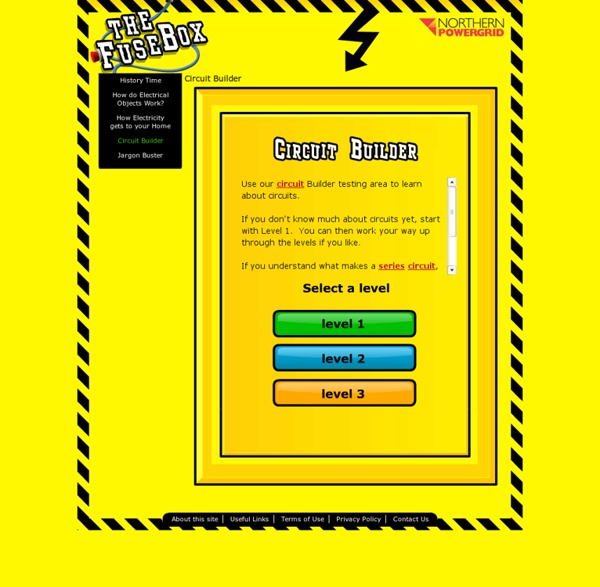



Arduino & Raspberry Notepad Brancher votre prochain projet sur Internet avec cet adorable, abordable et mini microcontrôleur WiFi! Le processeur ESP8266 de la société Espressif est un microcontrôleur 80 MHz intégrant un support WiFi complet (aussi bien en mode client qu'en mode point d'accès) et une pile TCP/IP avec support DNS. Bien que l'ESP8266 soit vraiment populaire, ce composant est très difficile à utiliser. La plupart des modules bon marché ne sont pas compatible avec les breadboard, ne dispose pas de régulateur de tension (3.3V sous 500mA), ni de convertisseur de niveau logique et ne sont pas certifiés CE ou émetteur FCC....JUSQU'A MAINTENANT! L'Adafruit HUZZAH ESP8266 est un breakout conçu pour être super facile à utiliser et avec lequel vous prendrez beaucoup de plaisir. Plus d'information Voyez notre fiche produit sur l'Huzzah ESp8266 Où Acheter Vous pouvez acheter l'Huzzah ESP8266 chez MCHobby, il est disponible seul ou sous forme de Kit.
Arduino Les projets Sctratch et Scratch For Arduino sont développés par des Media Labs à des fins de transmission du savoir « programmer » pour les enfants, adolescents mais aussi les adultes qui découvrent l'univers de la programmation. Présentation de S4A et Scratch S4A (Scratch For Arduino) est une extension (modification) de l'application Scratch qui a été créée en 2007 à des fins pédagogiques : apprendre à programmer des histoires interactives, à concevoir et réaliser des projets, à travailler en équipe. Ces applications permettent donc au plus grand nombre d'appréhender l'univers informatique pour comprendre ces outils numériques qui font dorénavant partie intégrante de notre quotidien. Un détour vers Scratch va nous aider à découvrir S4A. Pour en savoir plus : L'extension S4A a été développée par Marina conde, Victor Casado, Joan Güell, Jose García et Jordi Delgado du Media Lab Citilab en Espagne aidé par le Smalltalk Programming Group. seaside.citilab.eu. Installer S4A Débuter avec S4A
Pew Pew! How To Build A Laser Turret With An Arduino Are you bored? Might as well build a laser turret. You know – one that goes pew pew, shoots a red beam in lots of different directions, and maybe even throw in a smoke machine? What You Will Need Arduino2 servosLaser module, such as the one from this sensor kit (disclaimer: that’s my shop. Optionally, a smoke machine is needed – the laser is pretty low wattage, so you won’t be able to see the beam without smoke even in a dark room. Build Plan The basic idea of the turret is to put the laser module on top of one servo to provide horizontal rotation; then mount that package onto another servo placed at a 90 degree angle to provide vertical movement. Servo Testing Depending on your servo, the wires may be coloured differently, but in general: Once you’ve wired up your two servos, upload the following sample code. All good? Testing the Laser and Pew Pew Sound int laser = 12; pinMode(laser,OUTPUT); Then blink the pin on and off each loop using standard digitalWrite() method. Creating the Turret
RPiKids: Final Build - Build XYZ The build is complete and far more reliable then I anticipated. The specs/features are as follows: Raspberry Pi2, 900MHz quad-core ARM Cortex-A7 CPU, 1GB RAM, 4 USB portsUSB Wifi DongleAudio DACArduino Uno Power/Parental Controls10 Port USB HubIntegrated Power Yamaha Computer Speakers22″ w2207h HP MonitorLaser cut details3D Printed details Please follow and like us: